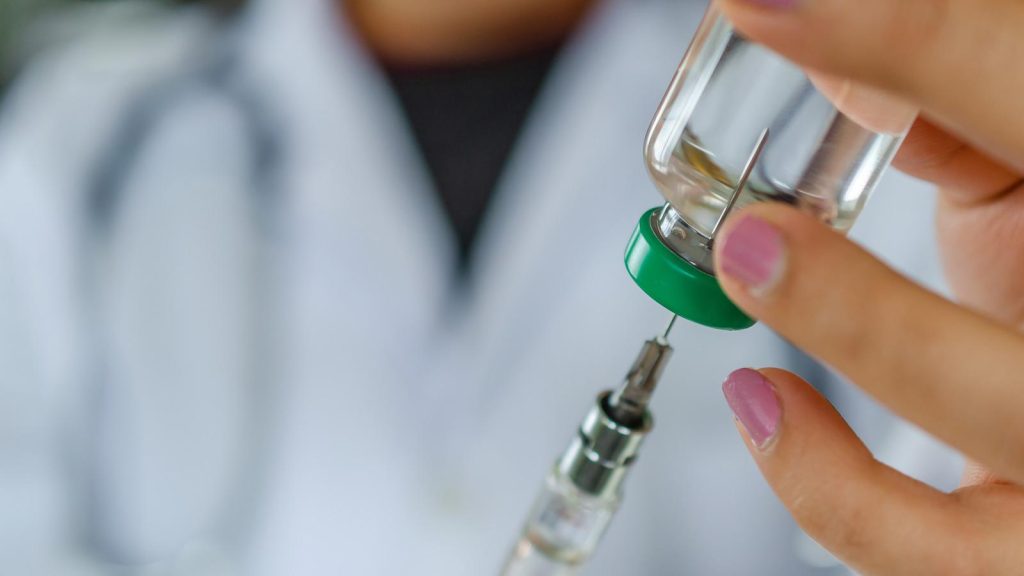SYLLABUS
GS-2: Issues relating to development and management of Social Sector/Services relating to Health, Education, Human Resources
Context:
Gavi, the Vaccine Alliance, in partnership with UNICEF, has finalized a new agreement aimed at making the R21/Matrix-M malaria vaccine far more accessible and affordable.
Key Highlights of the Agreement
- Sharp Reduction in Vaccine Price: The agreement brings down the cost of each dose to US $2.99, marking a significant decrease compared to earlier pricing levels.
- Major Financial Savings: The lowered price is projected to save up to US $90 million for Gavi and the countries participating in the malaria vaccination programme.
- Expanded Vaccine Procurement: The savings generated will help secure around 30 million additional doses, enabling the vaccination of nearly 7 million more children over the next five years.
- Innovative Financing Mechanism: The deal is supported financially by Gavi and implemented through UNICEF, using the International Finance Facility for Immunisation (IFFIm).
- It is a mechanism that transforms long-term donor commitments into immediate funding to ensure a stable and timely vaccine supply.
- Market-Shaping for Long-Term Access: The agreement aligns with Gavi’s broader market-shaping strategy, which seeks to negotiate lower prices and promote sustainable supply chains so that malaria vaccines remain affordable and scalable, particularly for low- and middle-income countries.
Significance of the Deal
- Increased Vaccine Accessibility: The price cut and expanded supply will greatly improve access to the R21/Matrix-M vaccine, especially in African countries where malaria is a leading cause of child deaths.
- Scale-Up of Global Immunization Efforts: The deal will enable vaccinating nearly 7 million additional children over five years, significantly advancing global malaria immunization and protecting more children at risk.
- Promoting a Sustainable Market: The agreement supports creating a sustainable market for malaria vaccines by reducing costs and improving supply reliability, which is essential for low- and middle-income countries facing economic barriers.
- Global Health Equity: Wider, cheaper access to R21/Matrix-M can drastically lower malaria cases and child deaths, relieve health system burdens, and enhance health equity among vulnerable communities globally.
About Malaria
- Nature of the Disease:
- Malaria is a life-threatening but preventable and curable disease.
- It is caused by a parasite, not spread directly from person to person.
- The disease is most prevalent in tropical countries.
- Transmission: Malaria spreads primarily through the bites of infected female Anopheles mosquitoes.
- Parasite Species:
- Five Plasmodium species infect humans.
- P. falciparum: The deadliest and most widespread across Africa.
- P. vivax: The major parasite in countries outside sub-Saharan Africa.
- Other species include P. malariae, P. ovale, and P. knowlesi.
- WHO’s prequalified vaccines:
- R21/Matrix-M (co-developed by the University of Oxford and Serum Institute of India, leveraging Novavax’s Matrix-M adjuvant technology)
- RTS, S/AS01 (developed by GlaxoSmithKline (GSK), PATH and partners).
Sources:
The Hindu
Unicef Org

